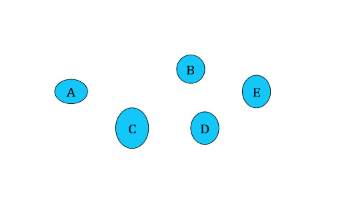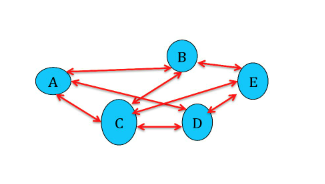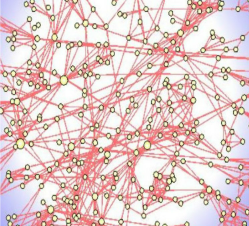Everything we do in an organization can be considered as a process. We’ve said it before and we’ll say it again: whether we realize it or not, every process is affected by variation. We need to understand and manage this phenomenon of variation in processes if we want to achieve the best results.
Let’s look at the example of a process of sales
In our last post What Is Variation and Why Can’t Leaders Ignore It? we looked at variation and entropy with regard to organizations. In this post we are going to look at variation regarding a process. Let’s consider the sales process as it happens in a company. ‘Scoring’ a sale is just the last step of a process that starts with purchasing the raw material, goes through manufacturing and assembly, up to shipment. To be sure that we score the sale we have to consider the variation associated with every part of the process:
- the arrival time of raw material
- time it takes to inspect it
- time it takes to move material from the raw material warehouse to manufacturing
- time it takes for manufacturing
- time it takes for assembly
- time it takes to move material to the warehouse of finished products
- shipment time
There is no way to ‘predict’ the final outcome of the process without considering the different steps that took us to finalize the sale; the only way is to approach the process ‘holistically’. This is true for any organization, of course, not just manufacturing.
Understanding and improving the performances of highly interdependent processes in complex organizations is only possible if we understand:
- the variation associated with single processes,
- the cause-effect relationships among them, and
- the impact that they have individually and cumulatively on the final result.
In other words, we have to approach the organization (system) as a whole.
The organization/system as a network
An organization is a system. We can define a system as a network of interdependent components that work together to achieve a common goal. If there is no goal, there is no system. If we have a set of segregated parts, neither interacting, nor interdependent, A, B, C, the Theory of Systems shows that the performance of this kind of network is ‘additive’:
Performance of the system EQUALS Perf.(A)+Perf.(B)+Perf.(C)+ Independent network
Independent network
On the other hand, if the components are dependent and/or interacting, the cause-effect relations among the various parts of the system are “non-linear”, and the Theory of Systems shows that:
Performance of the system DOES NOT EQUAL Perf.(A)+Perf.(B)+Perf.(C)+…
Interdependent network
Organizations and complexity
Interdependence and co-variance (variation associated with the whole process is identified by the combination of the set of variances relevant to each action) are elements that influence the “dynamics” of a system.
When we have large interconnected systems, it is virtually impossible to predict the effect that changing a single component will have on the system overall. We face a problem of complexity, where non-linear interactions play an important role.
A company is a “complex system” ruled by nonlinear interactions that make it diffcult to make any prediction when any change is effected. That’s why any approach to improve the system has to be “holistic,” and consider all the interactions/interdependencies.
The description of what everybody does, input and output, understanding the interdependencies and, finally, understanding variation in processes, is foundational to any form of intelligent management.
Sign up to our blog here and shift your thinking towards broader, systemic possibilities for yourself and your organization.
About the Author
Angela Montgomery Ph.D. is Partner and Co-founder of Intelligent Management and author of the business novel+ website The Human Constraint . This downloadable novel uses narrative to look at how the Deming approach and the Theory of Constraints can create the organization of the future, based on collaboration, network and social innovation. She is co-author with Dr. Domenico Lepore, founder, and Dr. Giovanni Siepe of ‘Quality, Involvement, Flow: The Systemic Organization’ from CRC Press, New York.








Leave a Reply